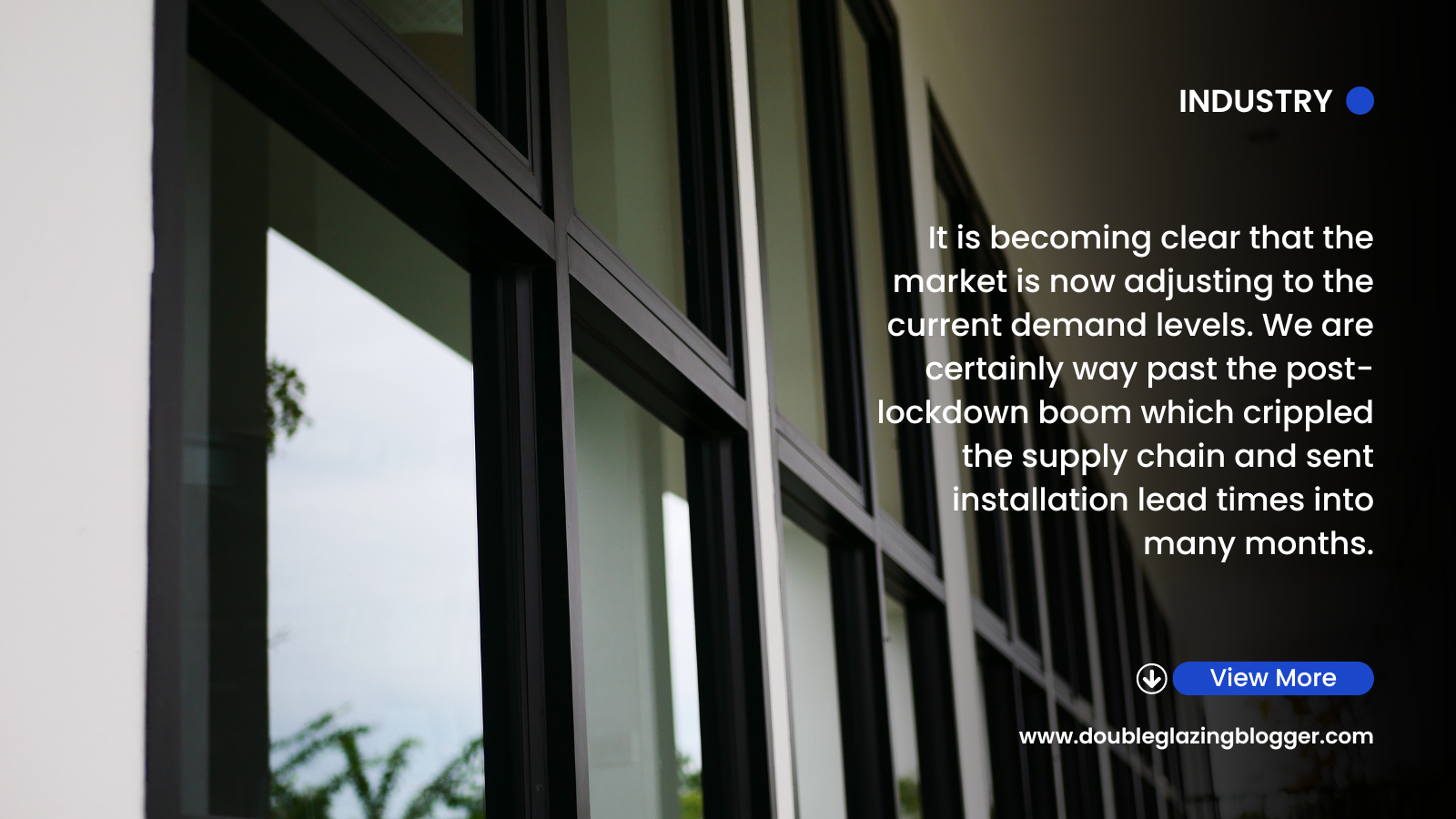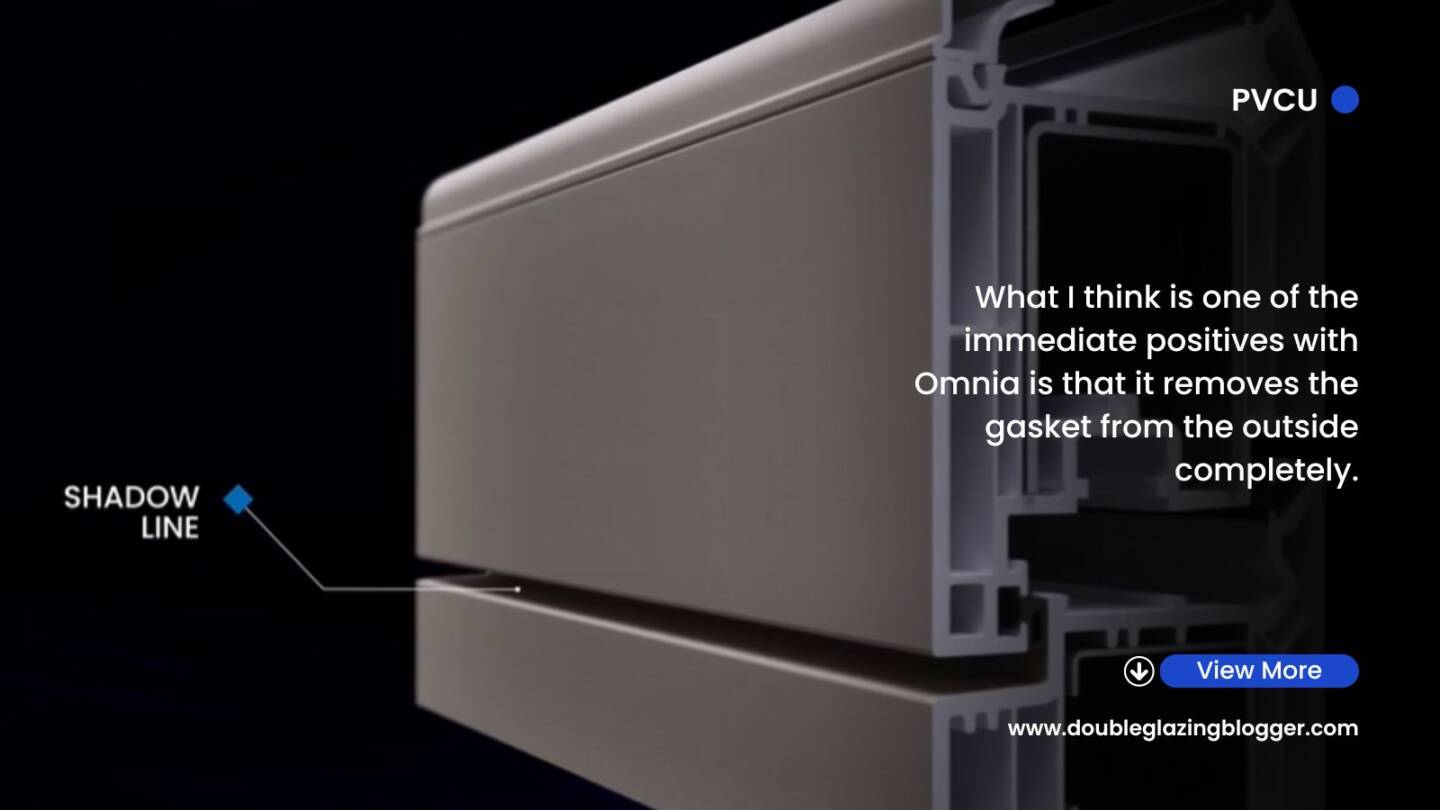I think the sector can think of itself in a new era. There will be the pre-June 2022 era, before mandatory trickle vents, and the post-June 2022 era which we are in now, where almost all installations of new windows include trickle vents.
Seven months after the latest Building Regulations were implemented, our industry is still talking about the implications of trickle vents in our sector, and the various ramifications.
One of those ramifications is the effect on window energy ratings. If they are to continue with integrity, then they need to be updated to reflect today’s new realities.
No trickle vent testing
At the moment, window energy ratings (WERs) are assigned to windows that have been tested without trickle vents being included in the window itself. That was fine before June 2022. Although I will always maintain that U-Values are the more accurate way to measure the efficiency of a window or door.
However, since the new regulations came into force in June of last year, as far as I am aware, there have been no updates to the testing process on WERs. I am happy to be corrected on this if I am wrong, but I am reliably told that they haven’t.
All of us have to be aware of the reality that placing a vent in a routed frame or sash, is going to have some level of impact on the overall efficiency of the window. By how much it is not clear. Manufacturers maintain that if they are used and fitted properly they should not have a detrimental effect on the efficiency of the window. Installers will testify that through their own experience and dealing with homeowners that this isn’t always the case.
At the moment, there is no sign from testing houses that there are any imminent changes to the testing process for window energy ratings. The sceptical side of me believes that the cause for this would be to prevent disruption at the manufacturing level. How strongly would they really feel about finding out about any major changes vents have?
In all likelihood, the inclusion of trickle vents will affect the efficiency of a window or door. How much we don’t know, but even if it’s small, it should be noted, if for any other reason than to be able to be transparent for the homeowner. As an industry we are obliged to fit these in the mass majority of circumstances now, therefore it would be admirable if we could provide the most accurate data on the products they are buying.
Dealing with the new reality
This isn’t a call for the abolition of either vents or WERs. They are firmly with us now, despite the very wide-ranging views on both. The new regulations are not going to be repealed or changed. That opportunity sailed on more than two years ago when our industry actually had a chance to engage in mass with the Government during the consultation process. Very few of us made the effort and therefore we don’t get to complain.
What this does present us with though is a chance for the industry to improve the quality of the trickle vents in use. For years the UK market has focused on the price of a vent more than anything else. Yet, a quick look over the channel in Europe and you’ll see that their approach puts quality first over price. The result is better-made vents that perform very well. They look very different, and they are incorporated into a product differently to how we traditionally do it. But perhaps we could take some inspiration from our neighbours and embrace the new rules as a selling opportunity.
For example, it would be good to see every single systems company have their own concealed trickle ventilation system. Despite the use of vents for decades, there is not an abundance of concealed trickle vent options out there. Why?
I would like to see more vents come in an aluminium option, perhaps working in a thermal break of some kind. The build quality would be superior and I think we would see some improvement in aesthetics.
We also need to be using this as a chance to educate the client on proper ventilation. I keep seeing the argument online from installers about homeowners opening their windows if they really want to ventilate their houses. The reality is that in the Winter, most of us do not open our windows, even if we know we should. When it’s cold outside and raining sideways, we’re simply not going to open our windows. Therefore we won’t think to leave them on at least the night-vent setting. We have spent decades blocking up every breathable hole in our homes in an effort to keep heat inside, without giving the same amount of attention to ventilation. Homes still need to breathe and remove the stagnant air which can cause mould and harm health.
I think armed with better products and more choices, along with the installer community accepting their new reality, we can actually utilise this as an opportunity to help homeowners look after their homes and health better. We need to understand our products better and set aside preconceptions. That counts for both sides of this debate.
We are where we are on this one. It will not change. We either use it to our advantage, or we can continue to fight against something we haven’t a chance in hell in changing. It’s our call.
To get weekly updates from DGB sent to your inbox, enter your email address in the space below to subscribe:
By subscribing you agree to DGB sending you weekly email updates with all published content on this website, as well as any major updates to the services being run on DGB. Your data is never passed on to third parties or used by external advertising companies. Your data is protected and stored on secure servers run by Fivenines UK Ltd.






An interesting article that raises some very valid issues. To give the issue some context, the rationale for ignoring trickle vents in the ratings calculation was always that WERS and DSERS are simply a means of comparing competing products on a level playing field. However, the fact that nearly all windows are now fitted with trickle vents leads to some issues, namely:- 1) Not all trickle vents are equal in terms of thermal performance – there is quite a large difference between the best and poorest performers. This strengthens the argument for including the vent in the rating process. For… Read more »
Well this one is right up my street and deserves a response, and while I could pick it apart on a number of levels I will stick to the fundamental problem. Gary makes the statement that the WER’s “was always that WERS and DSERS are simply a means of comparing competing products on a level playing field.” I have 2 issues with that statement 1) why would anyone create a scheme using incorrect data as an attempt to make product comparisons. It would appear that the ‘level playing field’ was actually no such thing. 2 why the hell is a… Read more »
AT LAST – some sensible comment and information on this subject! Thank you, Gary Morgan. We have campaigned and will continue to do so against this nonsense. Speaking directly with consumers, they find it hard to believe that they will receive an Energy Rating Certificate which, if trickle vents are installed, is untrue. We are burying our heads in the sand as an industry. We know what Gary writes and what we have spoken about is true; yet we just carry on being dishonest with customers! The editorial comment, I am sorry, is not helpful. You are ducking the issue.… Read more »
As an IGU manufacturer, we find the WER system equally frustrating for other reasons. In effect, the WER system prevents the consumer from buying the best performing windows in terms of glazing. How can a WER ‘D’ window actually have a lower U-value and therefore be better insulating, than an ‘A’+(+) rated one, yet be perceived due to its WER band to be far worse? Solar gain is skewing the data in a negative way and needs to be removed from the calculations. Unfortunately, not every window faces south and achieves enough daylight hours for solar gain to be an… Read more »
Lobbying the GGF and BFRC is next to useless, the solar gain is a deliberate exaggeration BY the GGF via the BFRC , to enable a perverse market to promote and provide a route to market for Pilks outdated K glass.
Perhaps Dr Gary Morgan can shed some light on this, as he was the technical consultant to the BFRC when avoiding my questions?